What is the Lymphatic System?
The lymphatic system is a network of organs, glands, and vessels that carry a fluid called lymph throughout the body. It is part of the immune system and helps to fight infection. Lymph fluid contains white blood cells which are important for fighting infection. The lymphatic system also removes waste products from tissues and transports them to the bloodstream so they can be eliminated from your body.
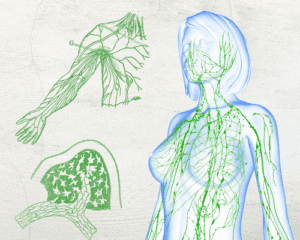
What are the Functions of the Lymphatic System?
The lymphatic system is a network of organs, vessels, and glands that work together to filter and transport lymph fluid. It helps protect the body from infections and disease. The functions of the Lymphatic System are to:
- Produce Antibodies
- Protects against infection
- Maintains fluid balance in the blood
- Provides immunity against diseases
- Promotes general wellbeing
- Boosts mood and energy
How to Treat Eczema with the Lymphatic System in Mind?
Eczema is a skin condition that affects millions of people worldwide. It is characterized by red and inflamed skin, itching, and a range of other symptoms.
Treating eczema can be difficult, but it’s important to remember that it’s not just a skin condition. Eczema is not caused by bacteria or viruses, but instead by an overactive immune system. In order to treat your eczema in the most effective way possible, you need to treat your body as a whole unit. The lymphatic system plays an important role in this process because it helps control inflammation and maintain proper immune system function.
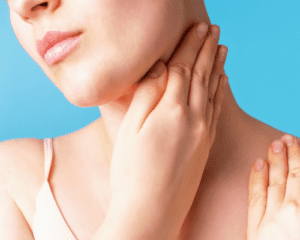
What is the Lymphatic System Made up of?
The lymphatic system is an integral part of the immune system. It helps to filter out substances that are not needed by the body, such as bacteria and viruses. It also helps to fight against cancerous cells.
The lymphatic system is made up of:
-
Lymph nodes: These are small, bean-shaped glands that are located throughout the body. They help to filter out bacteria and other harmful substances from your blood.
-
Lymph vessels: These vessels carry a clear fluid called lymph throughout your body and back into your bloodstream.
-
Lymphocytes: These cells make up a large part of the immune system, helping to fight against infection and cancerous cells.
-
Lymphatic tissue: This tissue lines your intestines, lungs, liver, and other organs. It helps cleanse these organs of waste products as well as cancer cells or other harmful substances that may have entered your body through food or air.
-
Fibroblasts: These cells make up a part of the extracellular matrix, which is the connective tissue in which organs and other body structures are embedded.
-
Mast cells: These cells produce histamine, a chemical that causes itching, swelling, and inflammation. They also help to fight against infection.
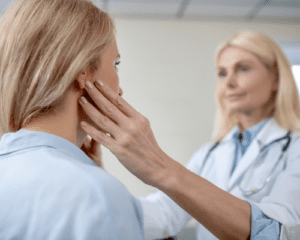
What Happens if My Lymphatic System Becomes Stressed?
Stress on the lymphatic system can be caused by a number of factors, including but not limited to, illness, injury, and even the environment.
The lymphatic system is the body’s natural defense against disease. It contains a network of organs and vessels that produce and carry lymph fluid to help fight infection. The lymphatic system also removes waste products from cells in your body.
The symptoms of a strained lymph system are varied depending on the cause. Some common symptoms include swollen glands, fatigue, weight loss or gain; fever; chills; coughing up blood; difficulty swallowing or breathing; chest pain; skin rashes, and itching.

What is Lymphatic Massage
Lymphatic massage is a type of bodywork that helps reduce inflammation and edema in the body. It is used to stimulate the lymphatic system and eliminate toxins from the body. It also helps to stimulate the lymphatic system, which is important for your immune system.
There are many benefits to lymphatic massage therapy, such as increased energy levels, better sleep quality, decreased pain levels, reduced inflammation in joints or muscles, and improved organ function.
A lot of people are not aware of the importance of lymphatic massage for their health. They know about other types of massages, but not this one. Lymphatic massage has a lot of benefits and it’s worth trying it out if you have never tried it before.

How to Perform an Effective Lymphatic Massage on Yourself
Lymphatic massage is a technique of massaging the lymph nodes and fluid channels. It helps to remove toxins and waste matter from the body, improve immunity, and reduce swelling.
The procedure can be done by oneself or by a partner. It is important to know that the lymphatic system is not under voluntary control so it is difficult to self-massage the lymph nodes in your armpits, groin area, or neck.
Self-lymph massage can be performed in two different ways: dry massage and wet massage. There are many great tutorials available online!

Which Moisturizer to use in Lymphatic Massage
There are many benefits to using a moisturizer during a lymphatic massage. First, it will help keep your skin hydrated and reduces inflammation which can lead to discomfort during the process. Second, it will help prevent dryness and further irritation in places like your elbows, knees, and feet by preventing chapping and cracks in these areas caused by dryness. Lastly, it will also provide lubrication which will make the process more comfortable as well as easier on your hands while you are applying pressure during the process.
We recommend the Multi-Purpose Ointment as it glides over the skin and nourishes the skin with its organic ingredients. It can also help soothe eczema, psoriasis, and dry skin.
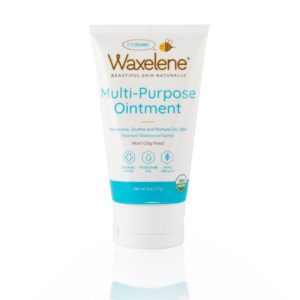
Dry Brushing for Lymphatic Drainage
Dry brushing is a natural way to stimulate your lymphatic system, which will help you to release toxins. It also helps with blood circulation and lymph flow, which can help your skin look healthier.
The first step in dry brushing is to find a brush head with bristles made from natural materials like wood or horsehair. You should also make sure that your brush has a long handle so you can reach all areas of your body comfortably. Next, grab a towel for wiping off the brush after each stroke. Now it’s time to get started! Start at your feet and use long strokes up towards your heart while making sure not to miss any spots. Always start with gentle pressure before moving on to firmer strokes as you go up toward your heart.
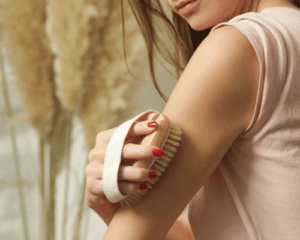
Foot Bath for Lymphatic Drainage
When you soak your feet in warm water (or a foot bath), the increased blood flow from your feet to your head improves the functioning of your entire circulatory system. This means that you will experience a boost in energy levels as well as better sleep quality.
The increased blood flow also stimulates the movement of fluid through your lymphatic system – which helps keep it healthy and functioning at its best!
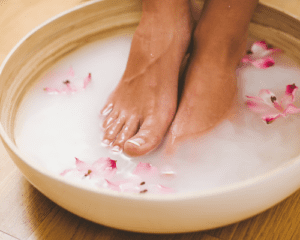
Lymphatic drainage is the process of removing excess fluid from tissues and transporting it to the lymph nodes and bloodstream. Exercise helps in lymphatic drainage by stimulating muscle contractions, which help push fluid toward the lymph nodes.
Exercise for Lymphatic Drainage:
- Stretching exercises for your muscles can be done by holding stretches for 30 seconds or more.
- Exercises that help with lymphatic drainage include yoga, Pilates, tai chi, and qigong.
- Yoga poses like downward dog or child’s pose are good exercises to do if you have achy legs or hips.
- Yoga poses like cobra pose and cat/cow are good exercises to do if you have a sore back.
- Tai chi is an exercise that involves slow movements that help with balance and relaxation while also improving your immune system.
- Qigong is an exercise that involves slow movements to increase circulation, reduce stress levels and improve sleep quality


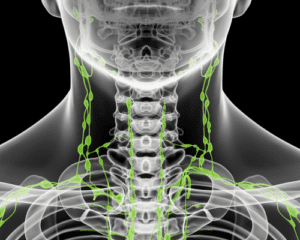

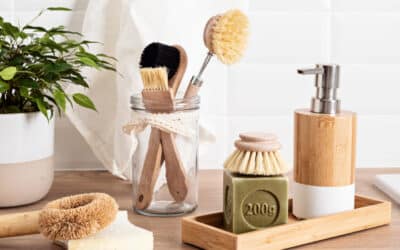


0 Comments